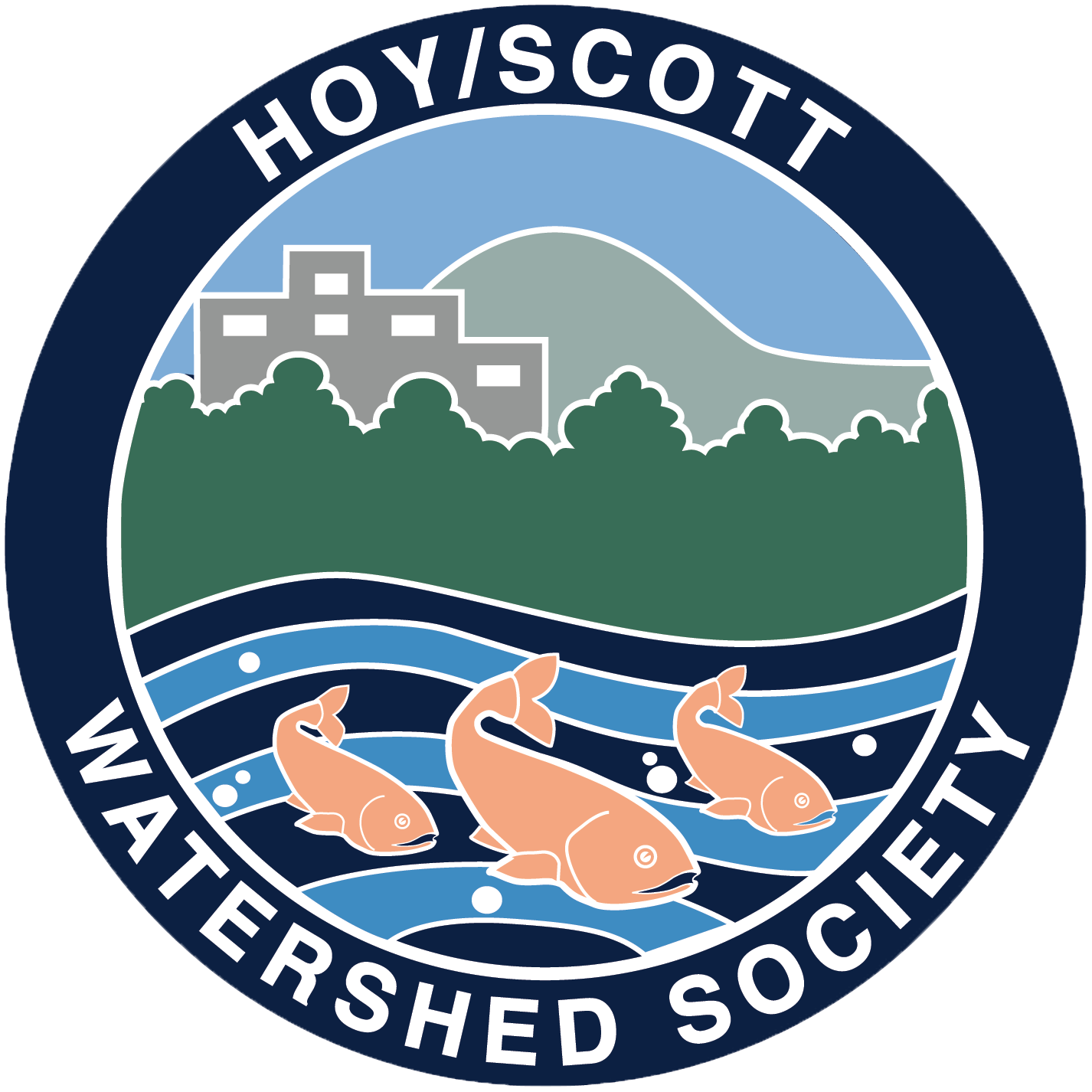Thank you to all of our volunteers who came out on June 21 to take part in our annual coho fry fin clipping exercise. We clipped 12,400 coho fry! The salmon are approximately 3 months old.
The exercise was supported by Fisheries and Oceans Canada and held in front of Hoy Creek Hatchery in Coquitlam .
The adipose fin is removed and is a soft, fleshy fin found on the top of the salmon, on the back behind the dorsal fin and just forward of the caudal fin. This marking of our coho supports:
Stock assessment for when salmon return to spawn, the clipped fins allow hatcheries and stream keepers to monitor their return. Selective fisheries - in certain regions and sub-areas, a marked fishery is permitted for the retention of the coho. The procedure also allows for a manual fish count, whereas previously only weight sample counts took place.
First, the fish are anesthetized in small batches. Once in the solution, they become sleepy within minutes. The volunteers stand ready around a table equipped with a trough with flowing water and beds of water for the fish to lay in. Volunteers work quickly and very carefully to clip fins with disinfected surgical scissors before they wake up, which is within about a minute. Fish are put into the outside trough and end up in the bucket at the end of the table. They are returned to the hatchery to recover.
A portion of the fish will be ponded at various creek locations in Coquitlam and the remaining will soon be transferred from the hatchery Capilano trough room to the outdoor rearing pond until Salmon Leave Home in May 2025. Fish from this brood could then return in about 1.5–2.5 years.



